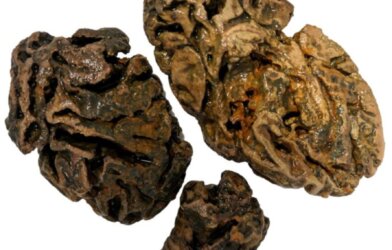A recent study from researchers at the University of Adelaide reveals a link connecting the way cells produce necessary energy for brain function and the mutated genes found in Alzheimer’s disease patients. Identifying this common link may be a step toward the prevention of Alzheimer’s development in future generations.
In their study, researchers analyzed the brains of young adult zebrafish with similar gene mutations to those observed in early Alzheimer’s disease patients. Zebrafish have large families, making it easy to detect subtle effects that may otherwise go undetected. Using innovative gene technology combined with mathematical analysis, the team compared gene activity and small differences between fish with the mutations and healthy fish.
Findings show that while different genes have various effects on the function of brain cells, the specific mutation similar to Alzheimer’s disease affected the same cell function responsible for the use of oxygen in the cells to generate energy.
“This is very interesting because we know when Alzheimer’s disease eventually develops, people’s brains become severely deficient in energy production,” says lead researcher Dr. Karissa Barthelson in a statement. “When we realised this common link we took our research one step further and re-analyzed data from another research group that had studied an important Alzheimer’s disease gene in mice.”
Taking another look at the gene in mice returned similar results—the mutation has significant effects on energy production at a cellular level.
“Energy production is the most fundamentally important cellular activity supporting all other functions, particularly in highly active organs such as brains,” adds Dr. Barthelson. “This reinforces our confidence that we have found a fundamental, early driver of Alzheimer’s disease in humans.”
Understanding the significant societal cost of Alzheimer’s disease, researchers are hopeful that their findings will bring science closer to a solution. In future studies, the group wants to develop their understanding of how these mutations affect various other cell types.
Brains are made up of many different types of cells that have complicated ways of producing and sharing energy. The Adelaide research group now wants to examine how Alzheimer’s disease mutations affect those different cell types.
“If we can understand in detail what is going wrong with oxygen use and energy production, we may see ways of stopping the disease before it starts – and that would enormously benefit our aging population,” Dr. Barthelson says.
The findings are published in Disease Models and Mechanisms.
Article written by Anna Landry












